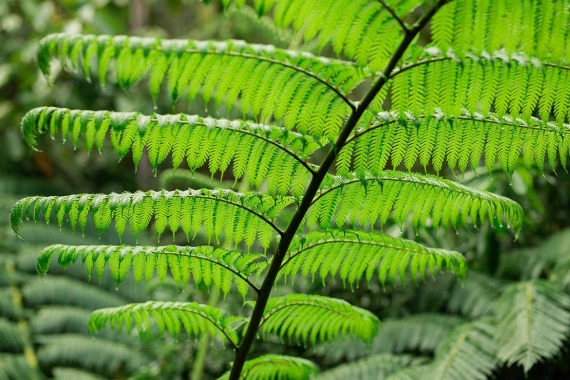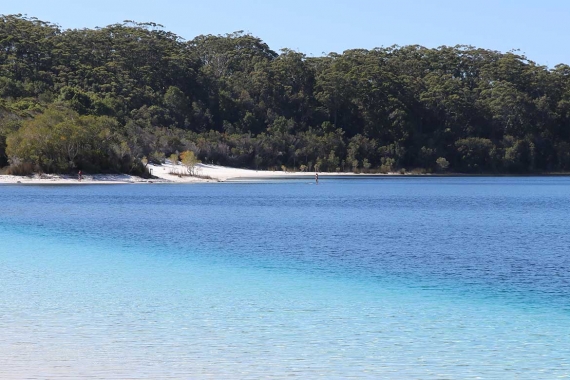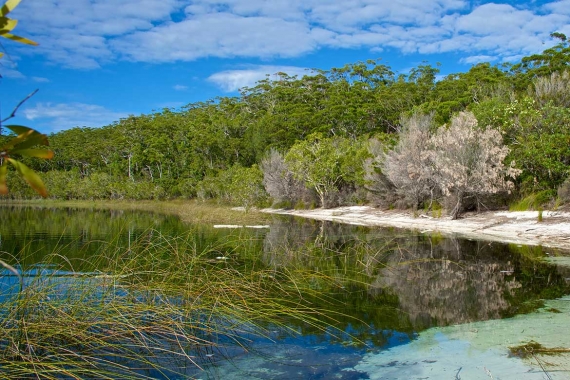Kingfisher Bay Resort was landscaped to mirror the native vegetation and to ensure the protection of the gene pool.
Existing vegetation on the site was protected to the greatest extent possible. Many thousands of plants were removed prior to construction and held in an on-site nursery for replanting later. A further 150,000 plants were raised from seeds and cuttings from the site. Queensland Forest Services raised 60,000 seedlings for the project.
The nursery continues to provide such plants for landscaping. The success of revegetation in the area can be judged by the abundance of wildflowers and native birds and wildlife nesting and feeding in the bush around the resort.
The resort’s architectural design allows for minimal power requirements.
In summer, windows and vents are kept open to generate the induction of cool air from the lower level and expel warmer air through loft vents.
In winter, windows and vents are closed to create a glasshouse effect, trapping warm air inside the building.
The energy saving created by this design feature has been calculated to save 480,000 kW hours of electricity each year.
The resort minimises waste production through reducing resource use, environmentally responsible purchasing, recycling, reusing materials and, for example, placing refillable soap and shampoo dispensers in resort bathrooms thus eliminating packaging. Paper, glass, aluminium, tin and plastics are recycled.
You don't expect to see the inner workings of a resort when you come to stay but at Kingfisher Bay on K'gari (Fraser Island) the Rangers take pride in our poo farm. You’re invited to inspect the sewage works and find out how their waste, shredded office papers and kitchen preparation scraps are turned into rich compost in the onsite worm farm and then used to grow herbs for the kitchen. This ultimate recycling process has its own interpretive signage.
Resort activities are monitored by sponsoring research of K'gari (Fraser Island) and the natural environment of the resort so any impacts can be minimised. This research examines flora and fauna species, wetlands, impacts of tourism, environmental interpretation and sustainable tourism at the resort.
The results of research are made available to organisations and agencies such as the Environmental Protection Authority. Queensland Parks and Wildlife Service Rangers on the island are also included in the research process and informed of findings.


